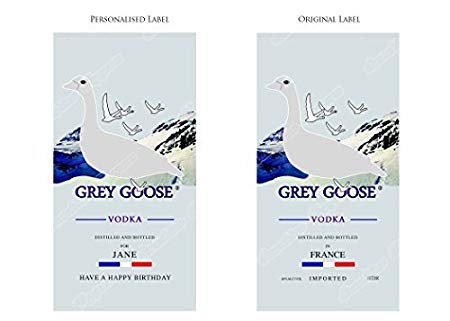
 Ross’s Goose Anser rossii – sometimes separated in Chen. Snow Goose Anser caerulescens – sometimes separated in Chen. Bar-headed Goose Anser indicus – sometimes separated in Eulabeia. Lesser White-fronted Goose Anser erythropus. Greenland White-fronted Goose Anser (albifrons) flavirostris. Swan Goose Anser cygnoides – sometimes separated in Cygnopsis. The closely related “black” geese in the genus Branta differ in having black legs, and generally darker body plumage. The neck, body and wings are grey or white, with black or blackish primary – and also often secondary – remiges (pinions). All have white under- and upper-tail coverts, and several have some extent of white on their heads. All have legs and feet that are pink, or orange, and bills that are pink, orange, or black. The largest is the Greylag Goose at 2.5-4.1 kg (5.5-9 lb) weight, and the smallest is the Ross’s Goose at 1.2-1.6 kg. The genus contains ten living species, which span nearly the whole range of true goose shapes and sizes.
Ross’s Goose Anser rossii – sometimes separated in Chen. Snow Goose Anser caerulescens – sometimes separated in Chen. Bar-headed Goose Anser indicus – sometimes separated in Eulabeia. Lesser White-fronted Goose Anser erythropus. Greenland White-fronted Goose Anser (albifrons) flavirostris. Swan Goose Anser cygnoides – sometimes separated in Cygnopsis. The closely related “black” geese in the genus Branta differ in having black legs, and generally darker body plumage. The neck, body and wings are grey or white, with black or blackish primary – and also often secondary – remiges (pinions). All have white under- and upper-tail coverts, and several have some extent of white on their heads. All have legs and feet that are pink, or orange, and bills that are pink, orange, or black. The largest is the Greylag Goose at 2.5-4.1 kg (5.5-9 lb) weight, and the smallest is the Ross’s Goose at 1.2-1.6 kg. The genus contains ten living species, which span nearly the whole range of true goose shapes and sizes. 
They mostly migrate south in winter, typically to regions in the temperate zone between the January 0 ☌ (32 ☏) to 5 ☌ (41 ☏) isotherms. Some also breed further south, reaching into warm temperate regions. The genus has a Holarctic distribution, with at least one species breeding in any open, wet habitats in the subarctic and cool temperate regions of the Northern Hemisphere in summer. It belongs to the true geese and swan subfamily (Anserinae).

The waterfowl genus Anser includes all grey geese and usually the white geese too. Goose Information / Overview … Photos of the Different Goose Species for Identification … Species Index of Geese







 0 kommentar(er)
0 kommentar(er)
